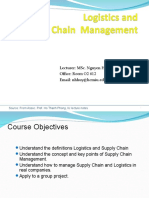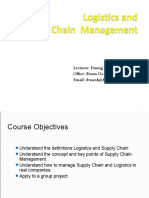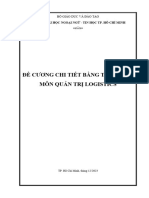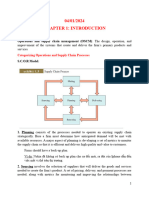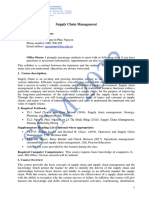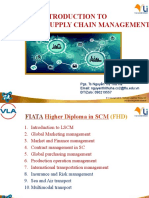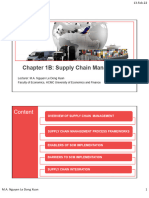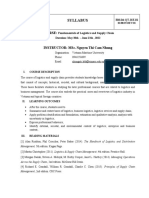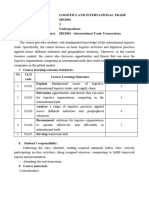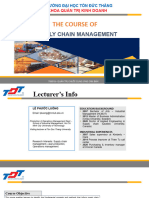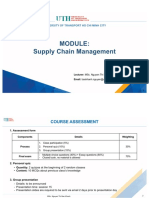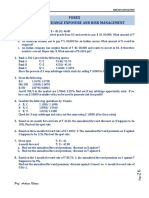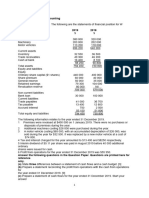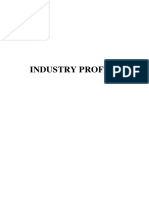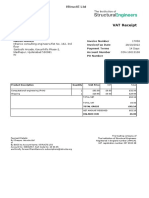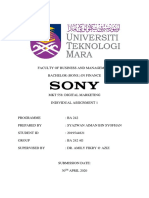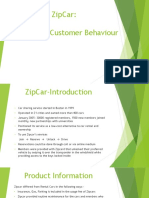0% found this document useful (0 votes)
45 views38 pagesLogistics & SCM Course Overview
The document discusses logistics and supply chain management. It defines logistics and supply chain management, outlines course objectives, lists required materials and references, describes assessment methods including a group project, and covers topics like academic integrity, lecture schedule and content for each week.
Uploaded by
Chau PhanCopyright
© © All Rights Reserved
We take content rights seriously. If you suspect this is your content, claim it here.
Available Formats
Download as PDF, TXT or read online on Scribd
0% found this document useful (0 votes)
45 views38 pagesLogistics & SCM Course Overview
The document discusses logistics and supply chain management. It defines logistics and supply chain management, outlines course objectives, lists required materials and references, describes assessment methods including a group project, and covers topics like academic integrity, lecture schedule and content for each week.
Uploaded by
Chau PhanCopyright
© © All Rights Reserved
We take content rights seriously. If you suspect this is your content, claim it here.
Available Formats
Download as PDF, TXT or read online on Scribd
/ 38

